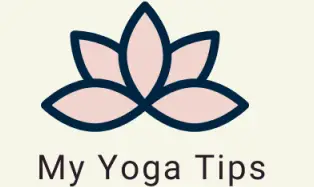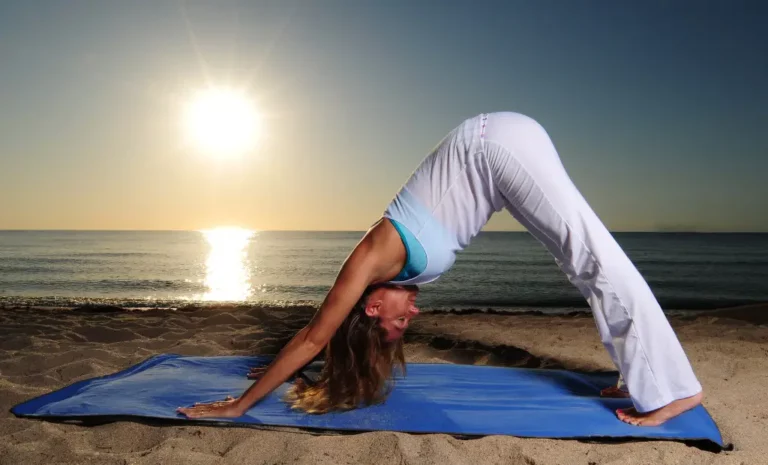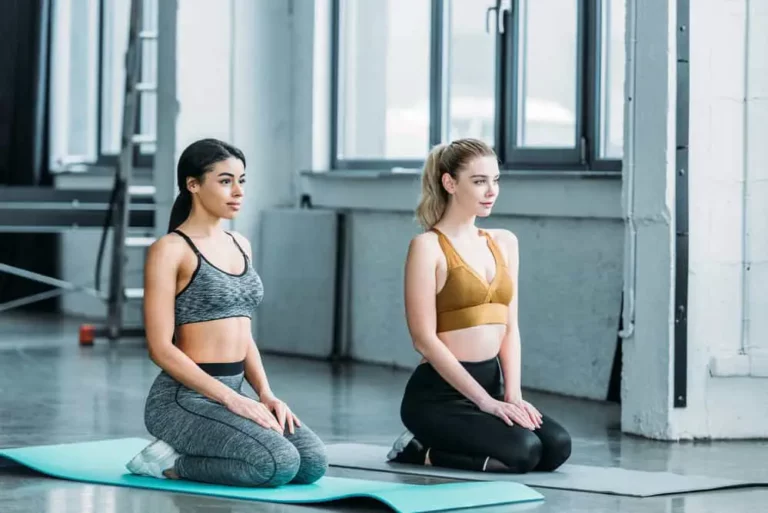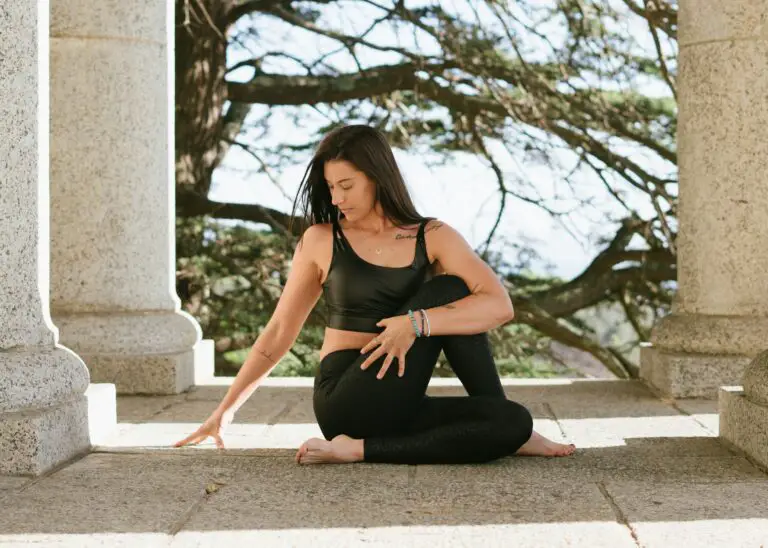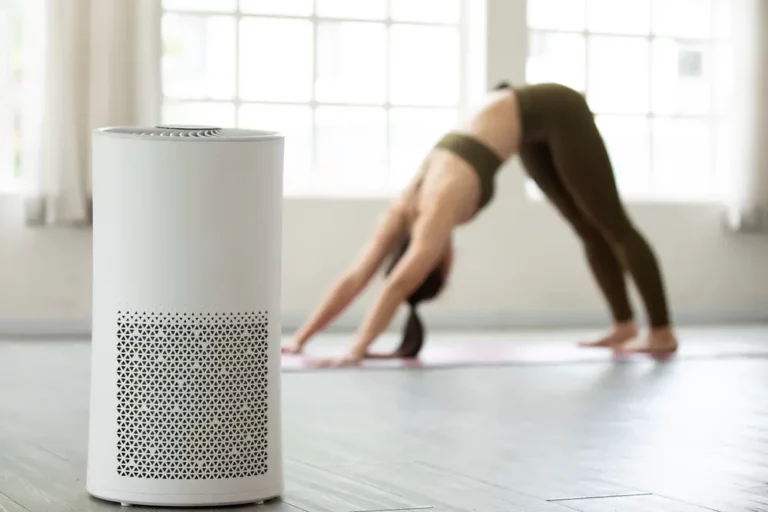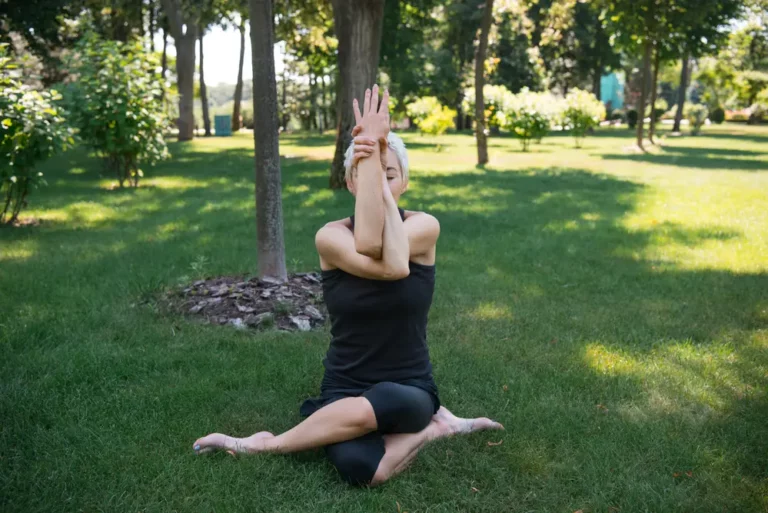Are You New To Yoga? 8 Yoga Tips For Beginners
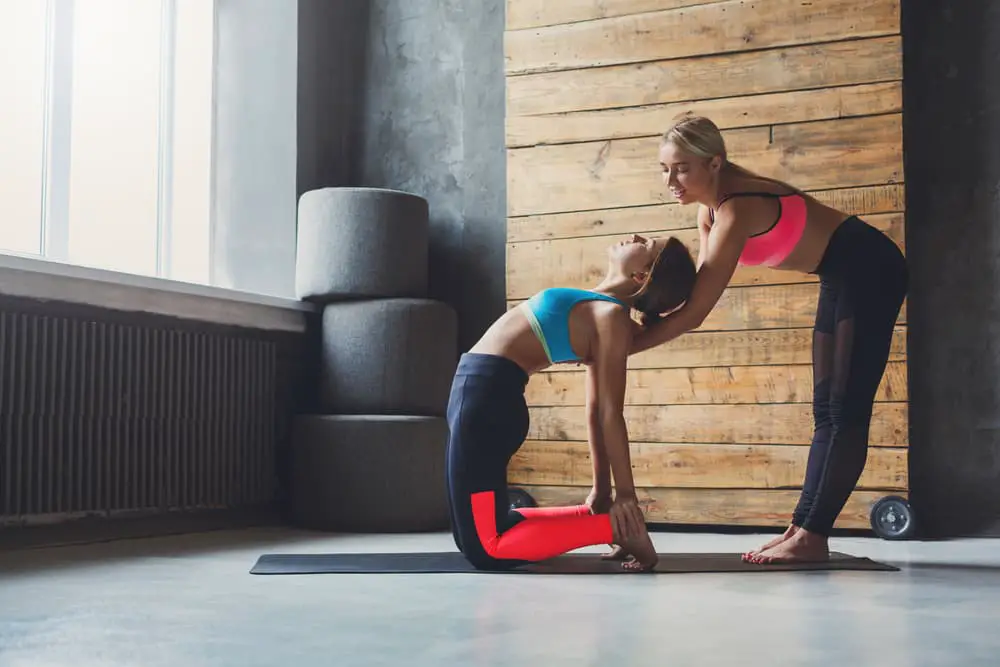
So you decided to join the yogis and partake in the many benefits that come with yoga practice. To some, yoga seems like a complex series of movements they could never do, while others think, how hard could it be? That is why people give up before understanding yoga. Here are 8 yoga tips for beginners to make your routine stick.
Yoga, like any other form of exercise, has its challenges. We list 8 tips for the beginner about the different intensities, why yoga makes you yawn, or the differences between yoga and power yoga. We cover facts and fiction and give you the do’s and don’ts, with pros and cons.
Once you understand some of the challenges and differences or why your body acts in a certain way when you practice yoga, you will start to appreciate and enjoy the relaxation and radiating energy you get from your daily dose of yoga.
1. Is Yoga Really Harder If You’re Tall?
Yoga can be challenging for any beginner new to this art of exercise. However, tall people can find some poses exceptionally hard to master and tend to get that awkward pose as they try to center their gravity and find their balance while coping with the technical mechanics of the pose that their shorter counterparts seem to perform effortlessly.
Truth is, no matter your height, yoga doesn’t discriminate. As a beginner, short or tall, you will encounter some poses that are harder to do for your body type versus other poses.
The article, Is Yoga Really Harder If You’re Tall, explains the reasons why tall people may struggle with yoga.
In the end, any beginner will struggle and feel awkward with twisting and contorting the body into positions the body is not used to. Yoga becomes easier the more flexible you become, with some poses putting taller people at a disadvantage and having to modify their movements slightly to be able to execute the movement within their range of comfort.
2. Yoga Vs. Power Yoga: 6 Differences You Must Know
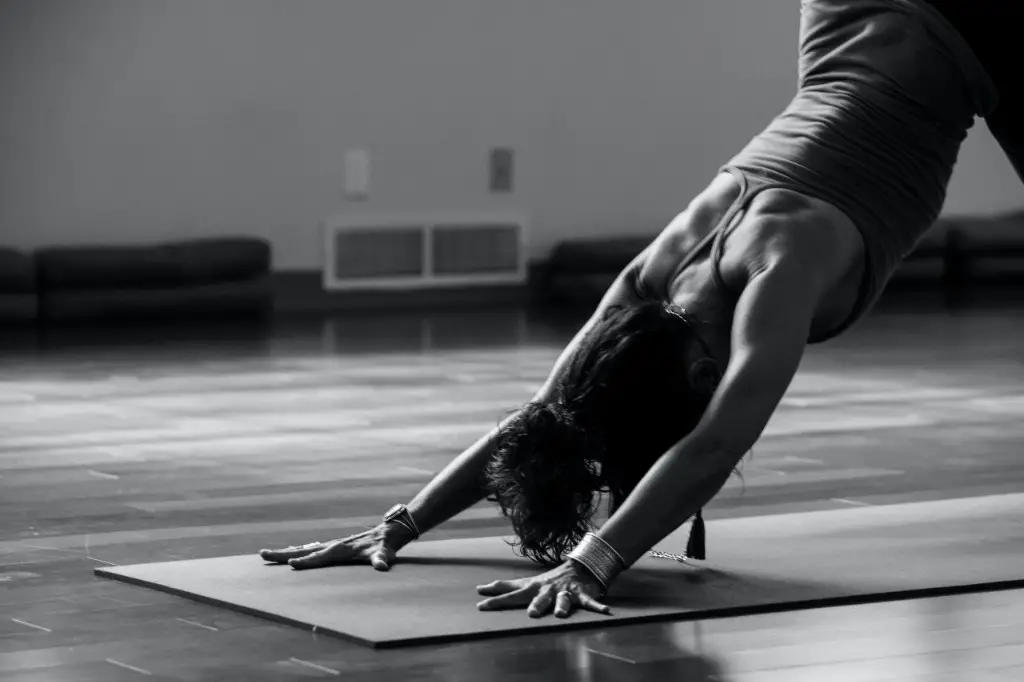
Yoga comes in many different forms and practices. Some yoga styles are created for meditative benefits, while others help increase flexibility and posture.
The four paths of yoga focus on different aspects, such as;
- Karma yoga is the devotion of time, energy, and effort as a selfless service.
- Bhakti Yoga is more of a spiritual yoga, connecting one’s soul with true reality.
- Raja Yoga, known as the more classical yoga, comprises eight steps or poses throughconcentration, meditation, breathing, positions, and postures.
- Jnand Yoga is the practice of self-realization through meditation, separating the ego from the true self.
Within the paths of yoga, you have different styles of yoga,
- Ashtanga yoga (classical yoga)
- Hatha yoga
- Hot Yoga
- Iyengar yoga
- Kundalini yoga
- Power yoga (has its roots in Ashtanga Yoga)
- Restorative yoga
- Vinyasa yoga
Many of these styles can be combined and are adapted to create more meditative slow-paced yoga versus quicker-paced yoga that concentrates on muscle toning and cardio.
This article Yoga Vs. Power Yoga: 6 Differences You Must Know provides six differences between yoga and power yoga and how each style affects you with regards to speed, the points of focus between the two, how each one affects your mental health, your general stability, who can participate and the health benefits of the two.
3. Here’s Why Yoga Makes You Yawn
You may find yourself yawning in a yoga class for several reasons, as this article Here’s Why Yoga Makes You Yawn describes.
During our daily activities, our breathing is primarily shallow. In today’s world, we are in a constant state of stress, with deadlines and activities, work, and family obligations. Our bodies stay in a constant state of stress and anxiety, plus our posture has little to be desired as we slouch over our computers.
All this stress is why yoga is so therapeutic, allowing the body and mind to enter a state of deep awareness and relaxation.
Specific asanas are associated with opening the solar plexus, which expands the lungs. If your breathing is not in tune, your body will force you to yawn to fill your lungs.
You may yawn more during asana poses typically associated with opening the solar plexus, such as,
- Bow pose
- Prayer pose
- Cobra pose
Yoga releases a cocktail of chemicals in the brain. Yawning is the body’s attempt to regulate minor physiological changes, such as increased brain and body temperatures. This is due to the serotonin chemical, which is responsible for increasing the temperature in the body and brain.
4. Never Do Yoga In A Closed Room: Fact Or Fiction?
The main reason why most of us join a classical yoga class is to improve flexibility, increase strength, and find a balance with relaxation through meditation.
The thought of performing a sun salutation on a green bed of soft grass surrounded by sunshine, trees, and fresh air invokes that zen feel that is optimal for a yoga class.
The reality is that most yoga is performed in your home or at a gym in an enclosed room. So, is it fact or fiction that you should never do yoga in a closed room?
There are no restrictions on doing yoga in a closed room. The important thing is to have a well-ventilated room that allows fresh air to circulate. Using exhaust fans for rooms that don’t have opening windows helps remove stale air that will fatigue you quicker than usual.
5. Does Downward Dog Really Make You Taller?
Gravity plays a role in our height. The older we get, the shorter we become. That is thanks to gravity slowly compressing the cartilage between our vertebrae and knees.
With all the benefits of yoga, making us taller by reversing the gravity effect is one more to add to the list. Along with a few other poses you can find in this article about downward dog posses , the downward dog pose really does make you taller.
Although your skeletal structure will not grow, the pose is more of a reversal of gravity’s effect on your spine. It combats the downward pressure that collapses the cartilage between the vertebrae.
Downward dog helps to stretch and elongate the muscles in your body, reversing the downward pressure of gravity. Strengthening the muscles helps to support the spine more, allowing your muscles to hold your spine upright, and resiststhe downward force of gravity.
The feeling of being taller comes from the stretching and strengthening of the muscles, which positively affects our posture. Our strengthened core and muscles can more easily support the spine allowing us to have a better posture standing that much taller than the day before.
6. Yoga After Eating: The Complete Do’s And Don’ts
Like any exercise, eating before exercising can make you feel sluggish, heavy, and uncomfortable, leaving you a bit winded. But that all depends on what you eat as well.
Whatever time of day your busy schedule allows you to participate in yoga, you should not eat a full meal before exercising. This link to Yoga After Eating: The Complete Do’s And Don’ts offers guidelines for what you should and shouldn’t do before a yoga class.
The best thing to do is to listen to your body. After a long day, your body may be tired and need fuel for an energy boost before class.
Eating a snack before class will not affect you as much as having a full meal. If you plan to eat before hitting the mats, ensure you have a light meal an hour before your class, allowing you time to digest and jump those blood sugars.
The mornings should start with a small healthy breakfast or snack before your exercises to fuel your body. This will help you remain focused and with enough energy to twist, stretch, and bend for your morning dose of yoga.
Some healthy snacks you can eat before yoga are raw fruits, vegetables, granola bars, nuts, avocados, and light, healthy smoothies. Remember to give yourself time to digest this before going straight into a yoga class.
7. Is It Good To Sleep On A Yoga Mat?
Yoga has been influenced by many beliefs during the five thousand years it has been around. Buddhism is one of those that influenced yoga during this time.
The belief that you can alleviate suffering by renouncing worldly possession is a yogic tradition that focuses on the inner self.
Now most of us don’t see our bed as a worldly possession but more of a necessity. Many Indian people practicing all paths of yoga believe that sleeping on a mat on the floor positively affects the body.
So, this link to, Is It Good To Sleep On A Yoga Mat talks about the influences and some pros and cons of sleeping on yoga mats.
8. Yoga On Rest Days: The 7 Pros And Cons
Rest days are essential to training and fitness, allowing your body’s muscles, ligaments, and joints to recover from the constant high-impact and strenuous exercises.
Most of us will look forward to that rest day from high-intensity workouts. Still, as yoga fundies, yoga can become a lifestyle we crave, and skipping a day can leave us feeling that something is a miss.
Can you do Yoga On Rest Days: The 7 Pros And Cons explain the benefits of doing yoga on rest days.
Rest days are there to give the body time to relax and recover. Not all yoga is high intensity, stretching you to your limits with bends, twists, and movements that will make the fittest athletes build up a sweat.
Yoga comes in many different forms. Participating in restorative yoga, Hatha, and yin yoga are excellent choices for a relaxed session to get in some stretches to loosen up muscles and provide time for meditation.
If you are new to yoga, you may notice people using straps to elongate their poses. Check out my article on yoga straps to learn more: Yoga Straps: Are They Useful and Worth It?
Conclusion
Not all yoga is the same. Finding the right yoga style for you as a beginner is vital. Many reasons why people give up on exercising are due to a misconception. Although yoga may seem like a walk in the park, it is a powerful form of exercise that benefits the body, mind, and soul. Follow our tips to get the full benefits of yoga.
